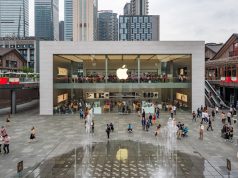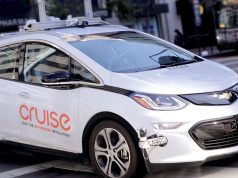An increasing number of US employers have difficulty finding new employees, many of them increase salaries to deal with the problem.
Quarterly survey of the National Association of Business Economists showed that its members are less optimistic about the prospects for strong economic growth next year, although most still expect steady quarterly growth of over 2%.
Amid declining unemployment employers in the country are trying to fill vacant positions, increasing wages to attract new candidates.
Official figures, however, show weak growth in wages and inflation by an average increase in hourly wages by just 0.2% in June – a fact that has puzzled Federal Reserve still not prompted to change the course to gradually raise interest rates.
Just over a third of the total 100 respondents recognize that difficulties with hiring new employees.
The proportion of firms reporting an increase in wages increased by 8 percentage points in April to 47%, but forecasters wages continue to increase over the next three months are rising only three points – also up 47%.
Meanwhile, half of the companies reported growth in sales compared to 45% in April.
About 60 percent of respondents said they expect GDP to grow by more than 2% over the next four quarters.
Emily Kolinsky, chief economist at Ford Motor Company, told the agency that the companies did not change the course of their investment decisions, including hiring more employees, hoping for incentives from the administration of President Donald Trump, who promised to cut taxes and regulations in the US.
Only 12% of companies NABE surveyed say it is likely to reconsider their long-term strategies in the light of the president’s decision to withdraw the country from the Paris climate agreement, while 50 percent say it is unlikely.
“But employment growth remains positive,” said Survey Chair Emily Kolinsky Morris, “and panelists do report some firming in capital spending, though not necessarily related to policy developments, as the vast majority of respondents continues to cite no change in hiring or investment decisions in the wake of post-election developments. Pricing power — or lack of it — and labor costs are generating some headwinds for a significant number of firms.”










